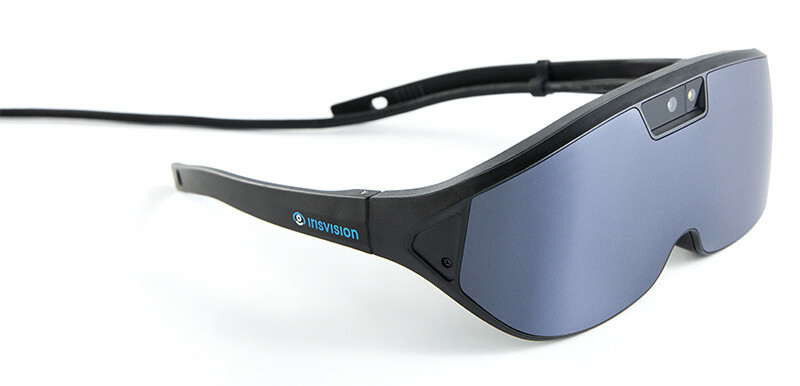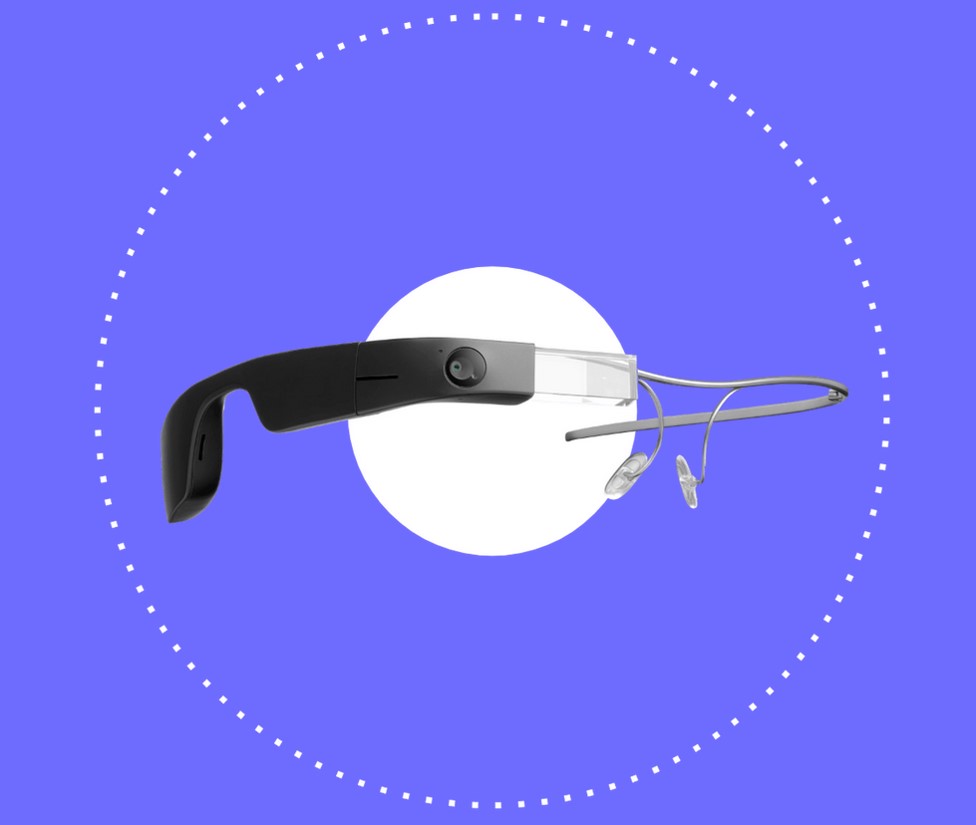Enhancing Accessibility Via Assistive Innovation for the Blind
The integration of assistive modern technology for the blind represents a critical advancement in access, essentially altering just how individuals navigate their settings and engage with culture. As we check out the diverse kinds of assistive gadgets and their substantial effects on daily living, it comes to be important to check out exactly how ongoing technological innovations are reshaping the landscape of assistance for the blind neighborhood.
Summary of Assistive Innovation
Assistive technology describes a range of gadgets and software created to enhance the abilities of individuals with specials needs, including those who are aesthetically damaged or blind. This innovation plays an essential function in advertising self-reliance and boosting the quality of life for individuals. By providing alternate approaches for accessing information and doing everyday tasks, assistive innovation encourages people to navigate their atmospheres extra efficiently.
The growth and implementation of assistive innovation welcome a variety of principles targeted at cultivating accessibility. These principles include user-centered layout, which focuses on the needs and preferences of the individual, and the integration of innovation into daily tasks. Such advancements guarantee that assistive gadgets are not just useful but very easy and also user-friendly to utilize.
In addition, assistive technology encompasses a diverse spectrum of services, from low-tech choices like magnifiers to state-of-the-art advancements such as display viewers and Braille display screens. The recurring advancement of this area is driven by the demand to address the unique challenges faced by people with visual impairments (Wearable technology for low vision). As technology remains to advance, the possibility for boosting access and advertising inclusivity continues to be appealing, eventually contributing to a much more fair society

Kinds Of Assistive Devices
Many kinds of assistive tools are available to support individuals that are visually impaired or blind, each developed to attend to details needs and challenges. These gadgets can be extensively classified right into 3 major types: low-tech, mid-tech, and modern services.
Low-tech gadgets consist of things such as magnifiers, Braille tags, and tactile maps. These are fairly basic devices that boost the customer's ability to interact with their environment without requiring complicated technology.
Mid-tech gadgets commonly entail advanced attributes, such as digital magnifiers and portable Braille note-takers. These devices can supply capabilities like speech outcome, allowing users to accessibility info more effectively.

Impact on Daily Living
The availability of various assistive devices significantly enhances the quality of life for individuals who are visually impaired or blind, impacting their daily living in profound means. By incorporating innovations such as screen readers, Braille displays, and audio description services right into their routines, customers get higher autonomy and independence. These devices promote accessibility to info, allowing individuals to perform day-to-day jobs, such as checking out emails, check my source browsing public rooms, and taking pleasure in media material.
Moreover, assistive devices encourage individuals to engage even more completely in social interactions and community tasks. The capability to make use of smart devices furnished with availability attributes permits for seamless communication and link with others. This connectivity fosters a feeling of belonging and decreases feelings of seclusion.
In expert settings, assistive modern technology supports productivity by permitting individuals to full job tasks successfully. Tools like voice acknowledgment software application and specialized zoom gadgets make it possible for users to join the workforce on equal footing with their sighted peers.

Advancements in Technology
Current technical innovations have actually substantially transformed the landscape of tools available for people who are aesthetically damaged or blind. The combination of synthetic intelligence (AI) and machine learning has actually generated applications that enhance navigating and things acknowledgment. As an example, smartphone applications can currently use Click This Link AI to identify and define environments in real-time, offering users with beneficial contextual info.
Furthermore, advancements in haptic modern technology have led to the growth of smart walking canes furnished with sensors that identify challenges and give responsive comments. This empowers customers to browse their setting with boosted self-confidence and freedom. Additionally, technologies in text-to-speech software application and braille displays have enhanced the accessibility of digital web content, enabling smooth interaction with numerous media.
Wearable technologies, such as wise glasses, are likewise making strides in assisting aesthetic problems. As technology proceeds to evolve, the possibility for also more transformative devices remains on the horizon.
Future Trends and Innovations
As innovation rapidly proceeds, the future of assistive tools for individuals who are blind holds immense pledge. Developments in fabricated intelligence (AI) and artificial intelligence are poised to reinvent the method blind customers interact with their environments. AI-driven applications are being developed to boost item acknowledgment, allowing individuals to determine and browse their surroundings with greater simplicity and precision.
Moreover, innovations in haptic responses modern technology are making it possible for the creation of tactile maps and navigating help that provide real-time details through touch. These innovations not only improve movement yet likewise foster freedom. In addition, wearable devices furnished with enhanced fact (AR) features are arising, supplying individuals aesthetic information through sound descriptions, thereby linking the gap between the digital and physical worlds.
Moreover, the integration of smart home modern technology offers new opportunities for accessibility, enabling individuals to control their living environments with voice commands or smart device applications. As cooperation between tech programmers and the blind area proceeds, the emphasis on user-centered style will guarantee that future advancements are tailored to meet the one-of-a-kind requirements of this population (Wearable technology for low vision). The trajectory of assistive modern technology assures a more inclusive and empowering future for individuals who are blind
Conclusion
Finally, assistive technology plays a vital role in enhancing ease of access for people with aesthetic disabilities. The varied variety of tools, consisting of display visitors and wise walking sticks, substantially enhances everyday living and fosters independence. Continuous advancements in technology and user-centered layout make certain that these devices cater efficiently to the More about the author distinct needs of the blind area. As technologies progression, boosted inclusivity and empowerment can be expected, ultimately enriching the lifestyle for those impacted by visual impairments.
The assimilation of assistive technology for the blind stands for a pivotal innovation in access, basically changing how people navigate their settings and engage with culture.Assistive innovation refers to a range of gadgets and software created to enhance the capacities of individuals with handicaps, including those that are blind or visually damaged. Wearable technology for low vision.As technology rapidly proceeds, the future of assistive devices for people who are blind holds immense pledge. The trajectory of assistive technology assures a more empowering and comprehensive future for people who are blind
In final thought, assistive technology plays an important duty in boosting availability for individuals with aesthetic disabilities.